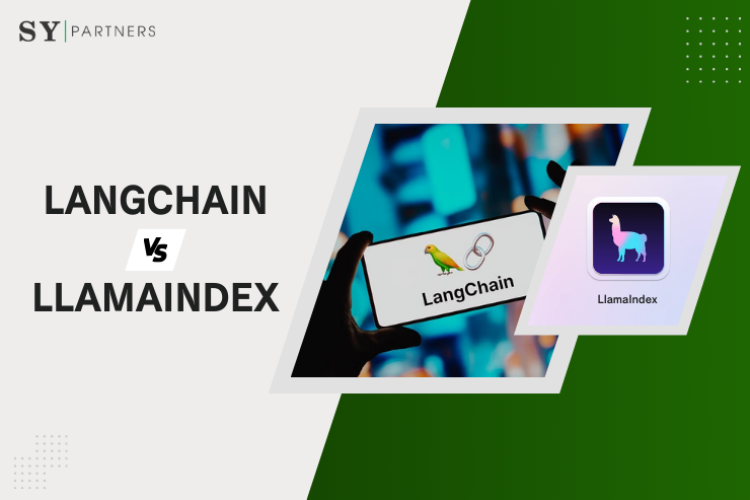What is Image Generation AI? A complete guide to its types, mechanisms, use cases, and practical applications.
In today’s digital society, high-quality images are indispensable—from Instagram posts to web banners, game characters, and advertising posters. However, traditional production required specialized skills and significant costs, creating major barriers. This is where “Image Generation AI” comes into the spotlight. By simply entering text or a simple prompt, users can instantly generate professional-level visuals. For example, marketers can create advertising materials in seconds, and artists can easily experiment with new styles.
In this article, we will explain everything from the definition and mechanisms of Image Generation AI to use cases, advantages and disadvantages, major tools, and usage guides in a way that is easy for beginners to understand. Even without specialized knowledge, Image Generation AI can dramatically expand creative possibilities and elevate your business to the next level. If you want to learn how, read on until the end.
1. What is Image Generation AI?
What is Image Generation AI
Image Generation AI refers to technologies that automatically generate illustrations, photos, and graphics based on input such as text, images, or data. Traditionally, software like Photoshop or Illustrator and specialized skills were necessary, but Image Generation AI has completely transformed this process, enabling the creation of high-quality visuals within seconds. For instance, with a prompt like “a dragon standing in front of snowy mountains, anime style,” realistic images can be generated.
This technology is based on deep learning and generative models and is increasingly being used across fields such as marketing, gaming, education, and healthcare. Many tools are cloud-based, making them easily accessible to anyone. Since high-quality visuals can be created without expert knowledge, Image Generation AI has become a powerful tool for both individuals and enterprises to carry out creative production efficiently and cost-effectively.
1.1 Types of Image Generation AI
There are various types of Image Generation AI, each specialized for particular purposes. The following table introduces the main types. Choose the tool or approach best suited to your needs.
| Type | Description | Features | Use Cases | Representative Tools |
|---|---|---|---|---|
| Text-to-Image | Enter a text prompt, and AI generates an image | Combines NLP and generative models, responds to detailed instructions | Ad banners, SNS posts, concept art | Stable Diffusion, Midjourney, DALL-E |
| Image-to-Image | Generates a new image based on an existing one | Uses image analysis to transform style or content | Illustration improvement, photo restyling | Artbreeder, Runway |
| Style Transfer | Applies an artistic style to a given image | Converts into Van Gogh-style, Picasso-style, etc. | Artworks, SNS posts | DeepArt, Prisma |
| Super-resolution & Inpainting | Enhances low-resolution images / fills missing parts | AI supplements and improves details | Old photo restoration, product image enhancement | PicWish, Let’s Enhance |
1.2 Technical Structure of Image Generation AI
1.2.1 Deep Learning and Generative Models
Image Generation AI is based on deep learning, particularly using Generative Adversarial Networks (GANs) and Diffusion Models.
- GANs: A generator creates images while a discriminator evaluates their quality. Since their introduction in 2014, GANs have evolved into a standard technology in image generation.
- Diffusion Models: The latest technology that gradually builds images from noise, achieving more realistic details and higher resolution.
Example: Stable Diffusion uses diffusion models to generate high-quality images with fine detail.
1.2.2 Natural Language Processing (NLP)
For text-to-image generation, AI uses NLP to understand prompts, accurately grasp user intent, and generate appropriate visuals. Even abstract instructions such as “a fantasy-style castle” can be translated into concrete images.
Example: Midjourney analyzes complex prompts to generate diverse styles of images.
1.2.3 Image Processing Techniques
Image Generation AI also employs image recognition and pixel analysis techniques to improve the quality of input or generated images. For example, in background removal or super-resolution, AI analyzes image structures to perform natural enhancements.
Example: Canva integrates DALL-E and Imagen to provide high-precision visuals.
2. Mechanisms of Image Generation AI
Understanding how Image Generation AI creates high-quality images is key to effective utilization.
Technology Comparison Table
| Technology | Features | Advantages | Challenges |
|---|---|---|---|
| GAN | Generator and discriminator compete | High-quality and realistic | Training time required |
| Diffusion Model | Builds images from noise | High resolution, detailed | High computational load |
| Transformer | Understands prompts | Handles complex instructions | Prompt crafting is critical |
2.1 Principles of Generative Models
- GANs: Generator and discriminator compete, producing realistic visuals.
- Diffusion Models: Build images from noise, excelling in resolution and detail.
- Transformers: Excellent at understanding prompts, handling complex instructions.
Latest models (e.g., DALL-E 3) combine diffusion models with transformers.
2.2 Image Generation Process
- Input Reception – Text or images are entered
- Data Analysis – NLP / image recognition to understand intent
- Content Generation – Generative model constructs pixels
- Post-processing – Filters and corrections applied
- Output – Image is downloaded
2.3 Technical Challenges and Evolution
- Computational resources: Dependence on GPUs/cloud
- Accuracy issues: Distorted hands, faces, unnatural details
- Ethical issues: Copyright infringement, deepfake risks
Latest models employ watermarking (e.g., SynthID) to mitigate risks.
3. Use Cases of Image Generation AI
Image Generation AI is widely used from business to personal creative activities. This section introduces representative applications.
3.1 Business Applications
3.1.1 Marketing and Advertising
AI can create attractive ad visuals in a short time. For example, simply inputting the outline of a new product or campaign generates banners and SNS-ready images. This significantly reduces outsourcing and revision costs and time.
3.1.2 Product Images for E-commerce
E-commerce businesses can let AI handle background changes or super-resolution of product photos, efficiently creating appealing product images that boost purchase rates. It’s also easy to generate multiple color variations at once.
3.1.3 Web Design and Prototyping
Web designers can quickly prototype mockups and eye-catching images with AI. This enables faster client proposals, improving communication and shortening development cycles.
3.2 Personal Applications
3.2.1 SNS Content Creation
Catchy visuals for SNS posts can be created with just prompts, helping increase follower engagement and improve posting frequency and quality.
3.2.2 Illustration and Art Creation
Artists can train AI on their unique styles or try various artistic approaches, expanding their creative range. They can generate numerous drafts in a short time to draw inspiration.
3.2.3 Game Development
Game developers can quickly create character designs or background assets with AI, accelerating prototyping. For indie games in particular, reducing development costs and time is a major benefit.
4. Advantages of Image Generation AI
Image Generation AI offers many benefits. Here are four representative ones:
- Time and cost reduction
Compared to relying on specialized software or outsourcing, costs and delivery times are significantly shortened. - No specialized knowledge required
High-quality images can be generated intuitively, even by those without design experience. - Wide range of uses and high customizability
From photo-like images to anime styles and abstract art, styles can be flexibly adjusted. - Rapid market responsiveness
Visuals tailored to trends or seasonal events can be published in minutes, allowing quick response to market changes.
5. Disadvantages of Image Generation AI
Despite its convenience, there are challenges to be aware of:
- Copyright and legal risks
Generated images may resemble existing works, potentially infringing rights. Always check tool usage terms. - Quality inconsistency
Results vary depending on prompts and model performance. Multiple attempts are often necessary. - Ethical issues and deepfakes
Risks of misuse and disinformation exist. Ethical guidelines should be followed, especially for human images. - Resource dependence
High-resolution image generation may require GPUs or cloud resources, and free plans often impose limitations.
6. Popular Image Generation AI Tools
Image Generation AI tools are used for a variety of purposes, from SNS posts to art creation and commercial design. Below are representative tools. Choose the one that best fits your purpose and skill level.
| Tool | Main Features | Use Cases | Japanese Support |
|---|---|---|---|
| Canva | Templates + AI image generation | SNS posts, blogs, presentations | Yes |
| Adobe Firefly | High-quality commercial image generation + Photoshop integration | Ads, brand visuals | Yes |
| Stable Diffusion | Open-source, highly customizable | Anime, concept art | Partial (tool-dependent) |
| Midjourney | Highly artistic image generation | Art, NFTs, game design | Partial (English UI) |
6.1 Canva
Features: Combines templates with AI generation to easily create SNS or blog images.
Use Cases: Social media posts, presentation slides, blog thumbnails.
6.2 Adobe Firefly
Features: High-quality generation suitable for commercial use, seamlessly integrates with Photoshop.
Use Cases: Ad design, brand visuals, professional production.
6.3 Stable Diffusion
Features: Open-source, highly customizable, suitable for anime and concept art.
Use Cases: Illustration production, anime-style art, experimental design.
6.4 Midjourney
Features: Excels at artistic visuals, popular for NFTs and game characters.
Use Cases: Artworks, character design, NFT creation.
Tip: Try multiple tools to expand creative possibilities. Beginners should start with free plans or trials.
7. How to Use Image Generation AI: Beginner’s Guide
This section provides a step-by-step guide for beginners, from tool selection to image utilization, with tips for avoiding common pitfalls.
| Step | What to Do | Common Pitfalls | Tips for Improvement |
|---|---|---|---|
| (1) Clarify Purpose | Define why you need images (SNS, ads, product photos, etc.) | Starting without a clear purpose leads to mismatched tools/prompts | Write down media, resolution, and deadline requirements |
| (2) Choose Tool | Select based on features and licenses (Canva, Firefly, Stable Diffusion, etc.) | Overlooking “commercial use allowed” differences | Test with free plan, check download limits/watermarks before full adoption |
| (3) Register & Prepare Environment | Create account via email/SNS, read tutorials | English UIs can confuse beginners | Translate “Getting Started” docs with machine translation while following screens |
| (4) Craft Prompt | Write specific prompts (e.g., “a woman in kimono smiling under cherry blossoms, soft light, 4K, anime style”) | Using vague expressions like “cool image” leads to unstable quality | Use 5 elements: <composition><subject><art style><color tone><resolution> |
| (5) Generate → Evaluate → Regenerate | Review results, tweak prompts, regenerate | Wasting time aiming for perfection in one try | Generate 3–5 rough drafts first, refine best one later |
| (6) Edit & Export | Do light edits (background removal, color adjustments, text), export as PNG/JPEG | Forgetting output resolution, causing blurry results later | Check recommended sizes (e.g., Instagram 1080px square) before export |
Tip: Combining tools improves both generation and post-processing. Example workflow: “Generate in Midjourney → Add text in Canva → Minor edits in Photoshop.”
8. Precautions When Using Image Generation AI
While convenient, Image Generation AI comes with risks and etiquette points to observe.
8.1 Always Check Copyright and Licenses
- Read usage terms – Check if commercial use is allowed, or credit attribution required.
- Check dataset sources – Prefer tools trained on copyright-clean data.
- Be cautious with trademarks/brands – Avoid prompts with famous characters or logos.
8.2 Quality Variability and Verification
- Always manually check generated images – Hands, text, and backgrounds may contain distortions.
- Generate multiple times – Even with the same prompt, results vary. Compare 3–5 versions.
- Get human review – Combine auto-check tools with third-party review for reliability.
8.3 Ethics and Deepfake Countermeasures
- Be cautious with human images – Avoid generating close likenesses of real individuals without consent.
- Use watermarks – Indicate image source to prevent misuse.
- Label AI-generated images – Disclose clearly (“This image was generated by AI”) to reduce misinformation risks.
8.4 Resource and Cost Management
- Check free tier limits – Generation count and resolution caps may suddenly block output.
- GPU requirements for local use – High-res bulk generation typically requires 8GB+ VRAM.
- Monitor cloud billing – Pay-per-use plans can lead to unexpectedly high charges. Set monthly limits.
9. Conclusion
Image Generation AI is an innovative technology that automatically creates high-quality visuals from text or images, widely used across marketing, e-commerce, SNS, art, and game development. Tools such as Canva, Adobe Firefly, Stable Diffusion, and Midjourney are beginner-friendly and help enhance creativity and business efficiency while saving time and cost.
On the other hand, challenges like copyright, deepfakes, and inconsistent quality remain. Choosing the right tools and designing effective prompts are critical. Start by experimenting with free tools, then find the best method suited to your goals.
With Image Generation AI, you can quickly bring ideas to life and take your business and creativity to the next stage. Take the first step today!
Frequently Asked Questions
Q1. Can free AI image generation tools be used for commercial purposes?
In many cases, free AI image generation tools allow some level of commercial use, but the scope and conditions vary greatly by tool. For example, Canva provides many templates and materials that can be used commercially, but not every element is permitted for such use. In addition, free plans often have limitations on image resolution or features, meaning that achieving commercially viable quality may require switching to a paid plan.
Another point of caution is the source of the training data used for the AI models. Some models may have been trained on images with unclear copyright status. In such cases, if the generated output closely resembles an original image, there is a potential risk of copyright infringement.
Therefore, when using AI-generated images for commercial purposes, it is essential to:
- Review the terms of service and FAQs in advance
- Choose tools that explicitly state they provide commercial licenses
- Perform additional edits on generated images to mitigate risk
This is especially important when using images for advertising, publishing, or sales, where careful judgment is required.
Q2. If I input prompts in Japanese, will the images be generated correctly?
In recent years, image generation AIs have improved in multilingual support, but the accuracy of Japanese prompts varies by tool. Tools such as Canva and Adobe Firefly, which have Japanese interfaces and partial Japanese prompt parsing, can handle Japanese input reasonably well. However, in tools like Midjourney or Stable Diffusion (especially the open-source versions), the parsing engines are optimized for English. As a result, Japanese input often does not produce images that match the intended idea.
For example, entering 「東京の夜景、サイバーパンク風」 (“Tokyo night view, cyberpunk-style”) in Japanese may not generate an accurate image. On the other hand, entering an English prompt such as “Cyberpunk-style Tokyo night view, neon lights, 4K, atmospheric” significantly improves accuracy. This is because the natural language processing (NLP) training data is primarily biased toward English.
Recommended countermeasures include:
- Entering Japanese prompts alongside their English translations
- Learning English prompt structures and creating your own templates
- Referring to “prompt examples” or “sample inputs” included within the generation tools
Nowadays, many prompt generator tools are also available to support prompt creation, making it easier to overcome language barriers.
Q3. Do AI-generated images have copyright?
From a copyright perspective, AI-generated images are often treated differently from ordinary creative works. In many countries, including Japan and the United States, the prevailing view is that copyright does not arise unless human creativity is recognized. In other words, images generated fully automatically by AI generally do not receive copyright protection. However, in some cases, the companies providing AI tools may control “usage rights” or “licenses” for generated content.
Additionally, if a generated image is highly similar to existing copyrighted material that was used in AI training, even though the AI created it, there remains a risk of being accused of copyright infringement. In particular, intentionally generating images resembling famous characters or brand logos may infringe on trademark rights or publicity rights.
Other points to keep in mind include:
- Some AI tools prohibit the redistribution of generated outputs
- Commercial use may require an additional licensing fee
- Certain tools may automatically apply copyright notices or watermarks to generated images
In conclusion, when using AI-generated images, it is essential to always check the licensing terms of the tool you are using and the usage conditions of the generated content. If unclear, contacting the provider directly is the safest approach. To further reduce risk, another option is to use models trained only on copyright-clean data.


 EN
EN JP
JP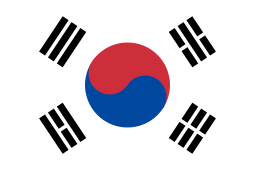 KR
KR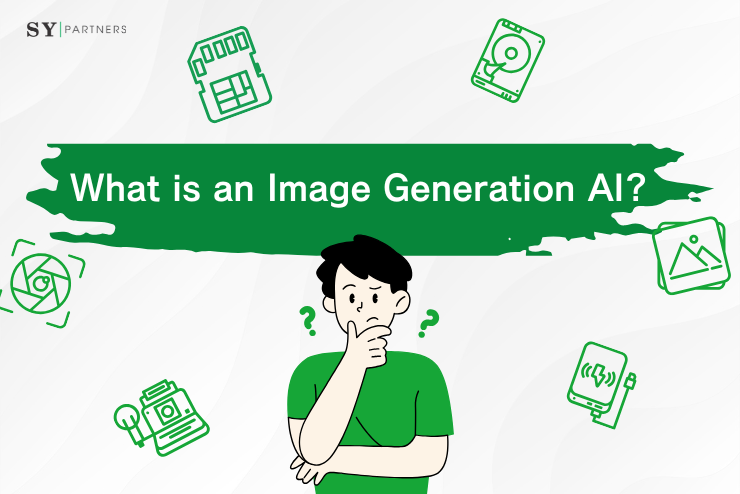


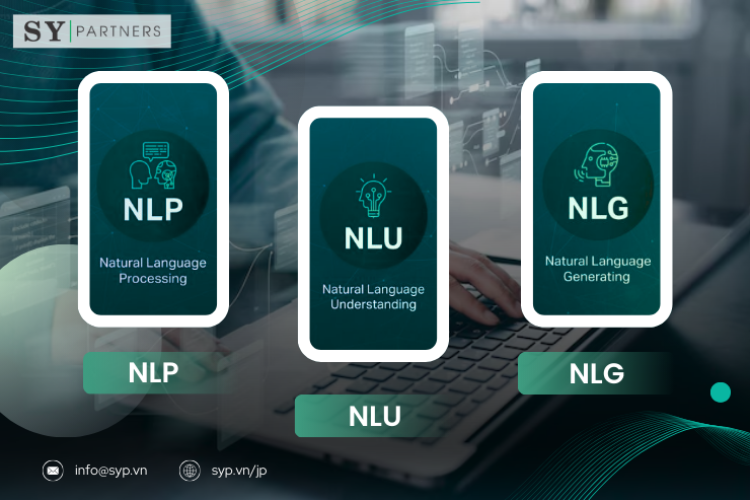

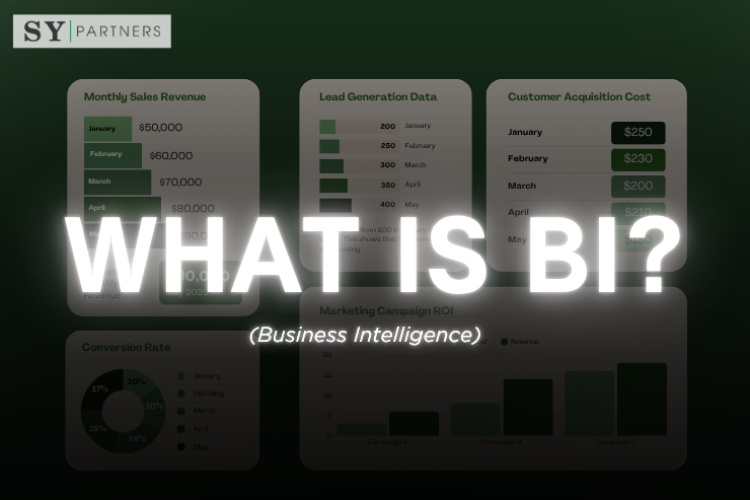

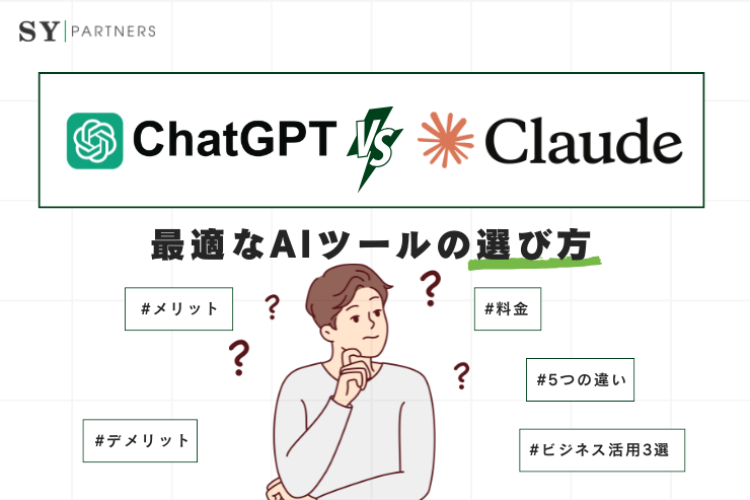
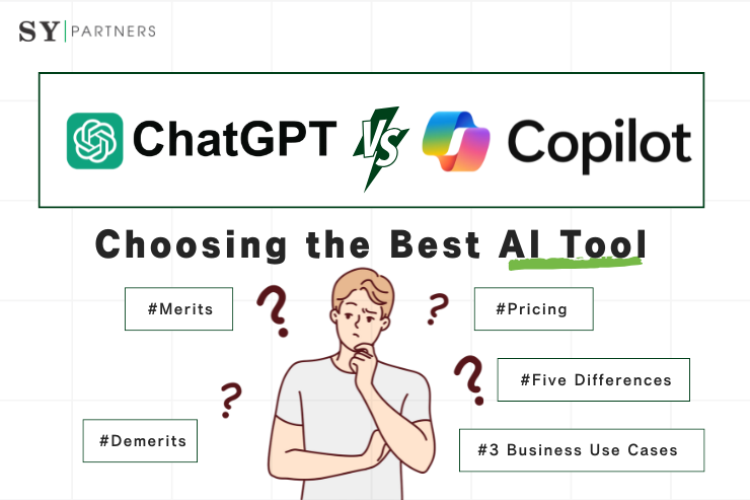

![[For Enterprises] Adoption Rate of Microsoft Copilot and 8 Key Business Use Cases](/sites/default/files/styles/medium/public/articles/%5BFor%20Enterprises%5D%20Copilot%20%E2%80%94%20Corporate%20Adoption%20Rate%20and%208%20Business%20Use%20Cases.png?itok=6MVSPst9)
![[For Enterprises] Grok — Corporate Adoption Rate and 8 Business Use Cases](/sites/default/files/styles/medium/public/articles/%5BFor%20Enterprises%5D%20Grok%20%E2%80%94%20Corporate%20Adoption%20Rate%20and%208%20Business%20Use%20Cases%20%281%29.png?itok=3Vu1lBCh)
![[For Enterprises] Claude — Corporate Adoption Rate and 8 Business Use Cases](/sites/default/files/styles/medium/public/articles/%5BFor%20Enterprises%5D%20Claude%20%E2%80%94%20Corporate%20Adoption%20Rate%20and%208%20Business%20Use%20Cases.png?itok=tc2aEIEt)
